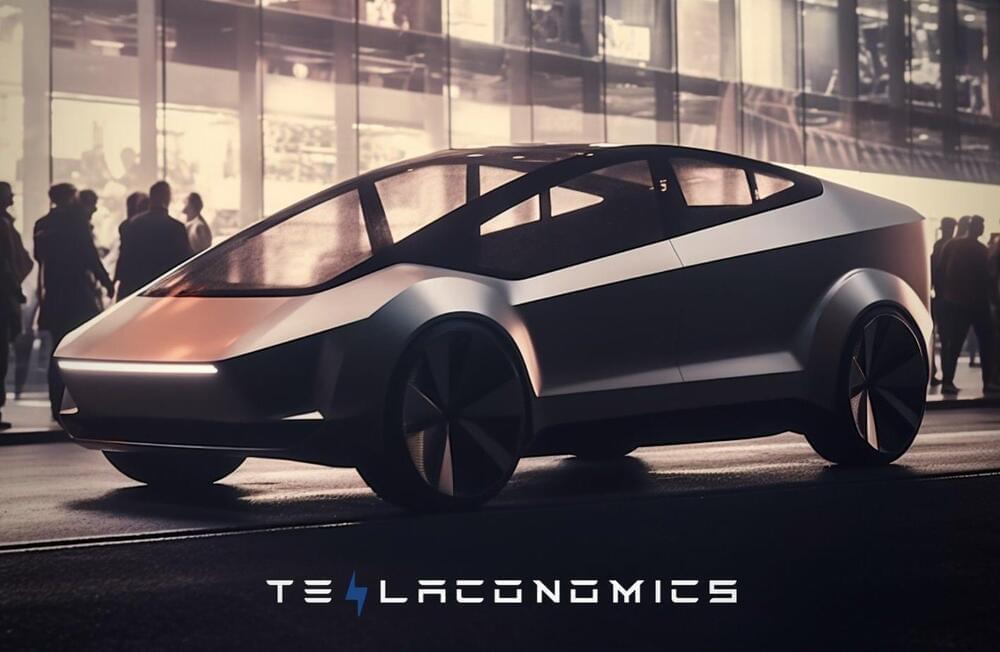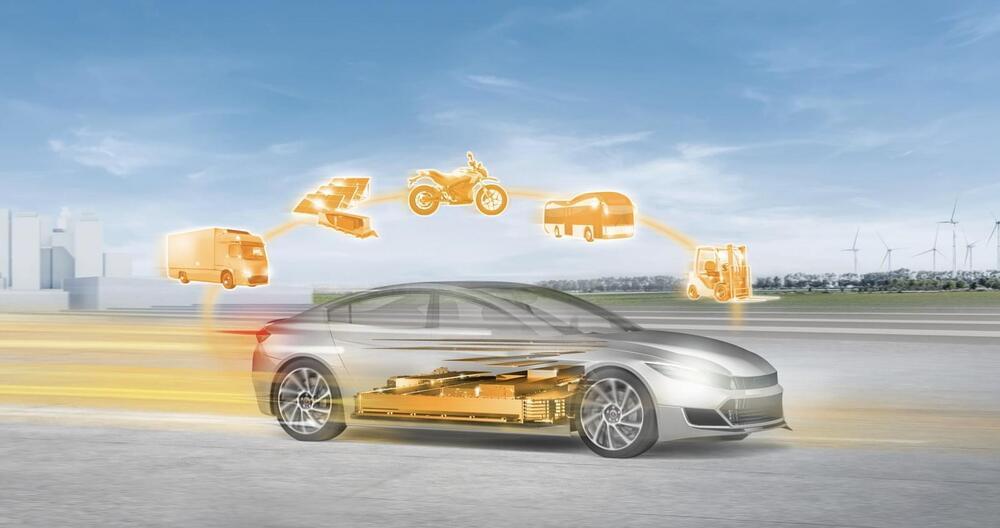
Tesla CEO Elon Musk confirmed a number of key details about the Robotaxi during the company’s Q2 2024 Update Letter and earnings call. These include the site of the Robotaxi’s production, as well as the manufacturing process that would be used on the vehicle.
It would not be an exaggeration to state that the Robotaxi unveiling on October 10, 2024 is poised to be Tesla’s most important event this year. And considering Elon Musk’s noticeable focus on Full Self Driving (FSD), it was no surprise when several questions during the Q2 2024 earnings call were focused on the Robotaxi.
As per Tesla’s Q2 2024 Update Letter, its plans for new vehicles, including more affordable models, are still on track for the start of production in the first half of 2025. These vehicles will utilize aspects of its next-generation and current platforms, and they could be produced on the same manufacturing lines as the company’s current vehicle line-up. As for the Robotaxi, however, Tesla was clear.















